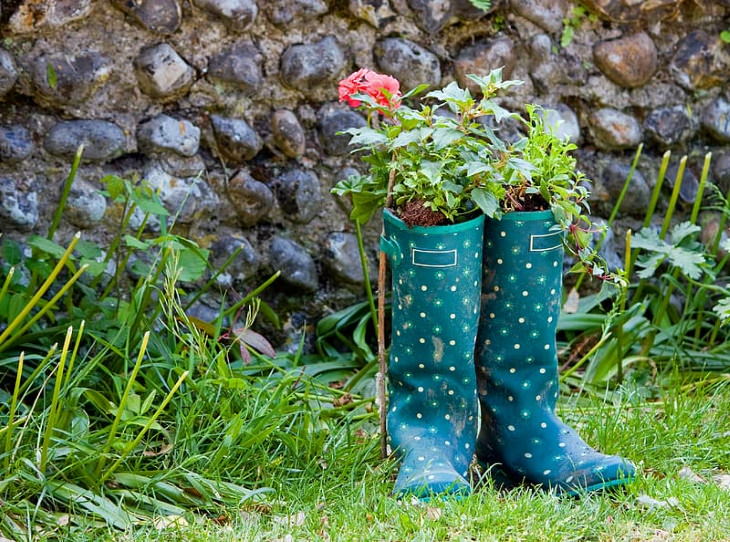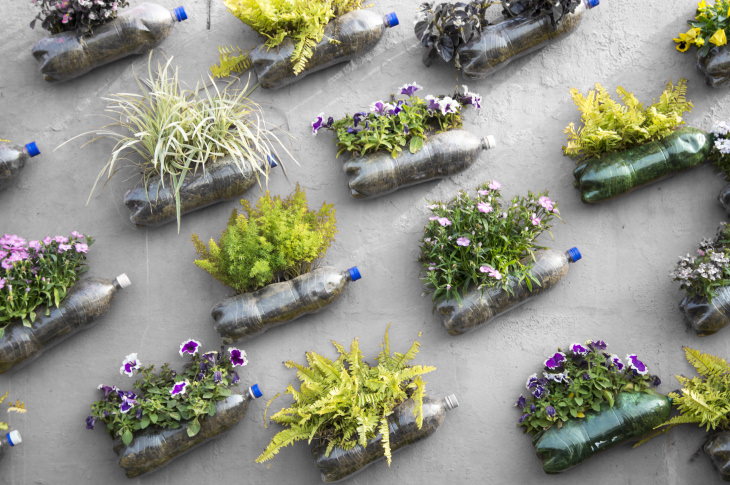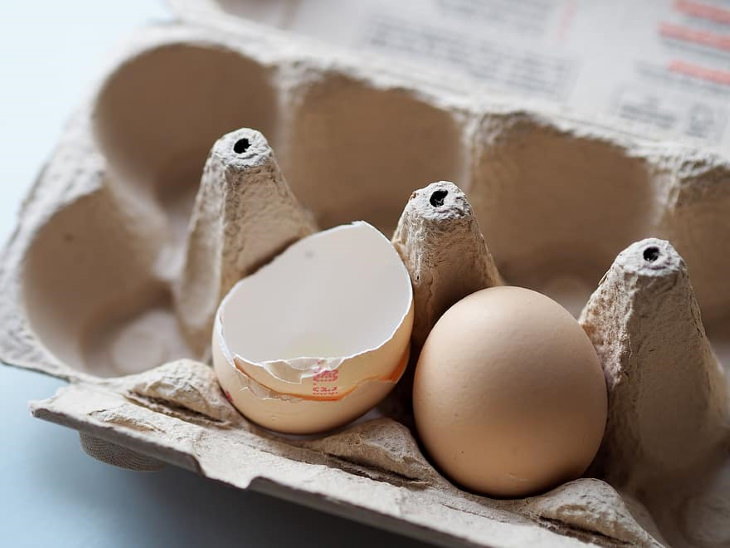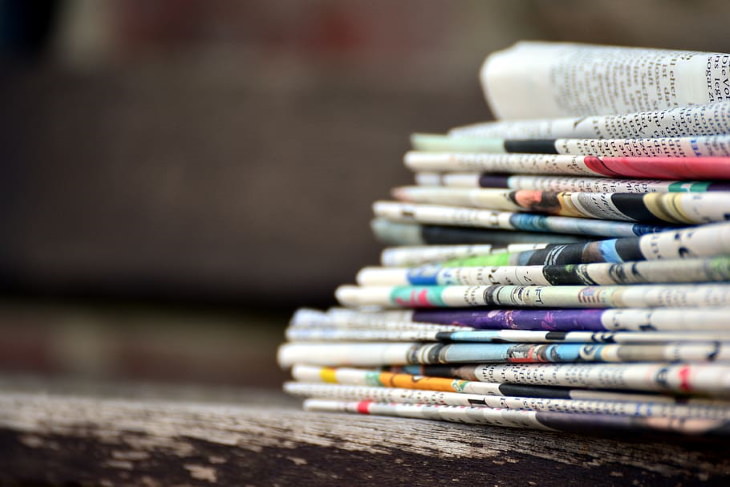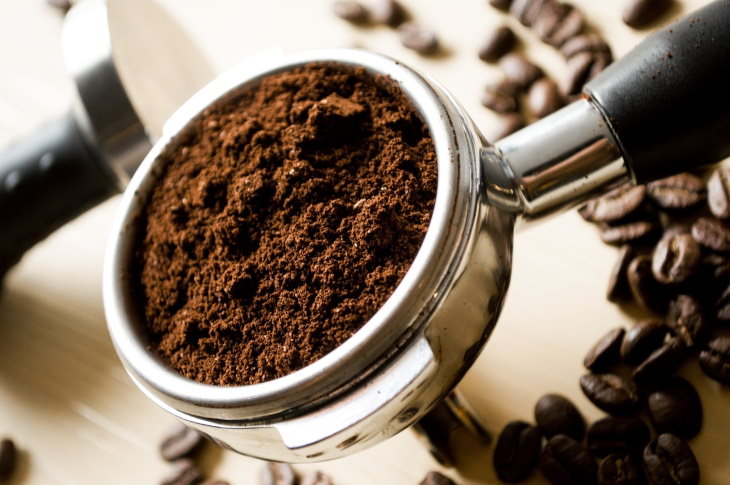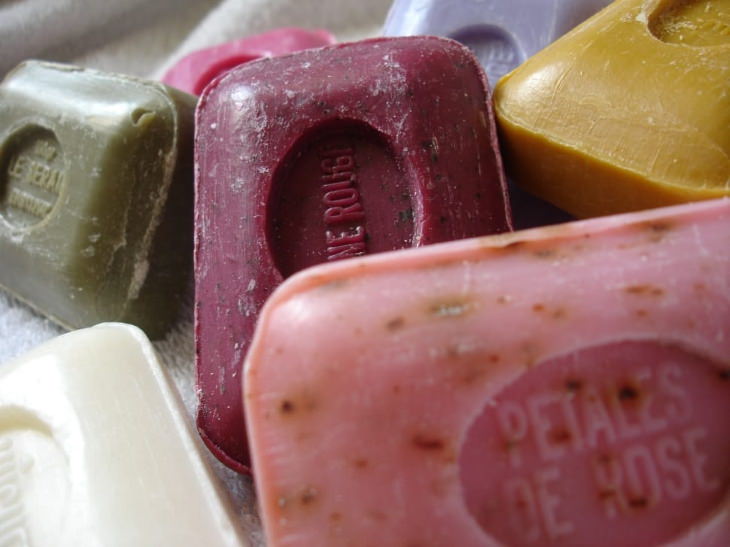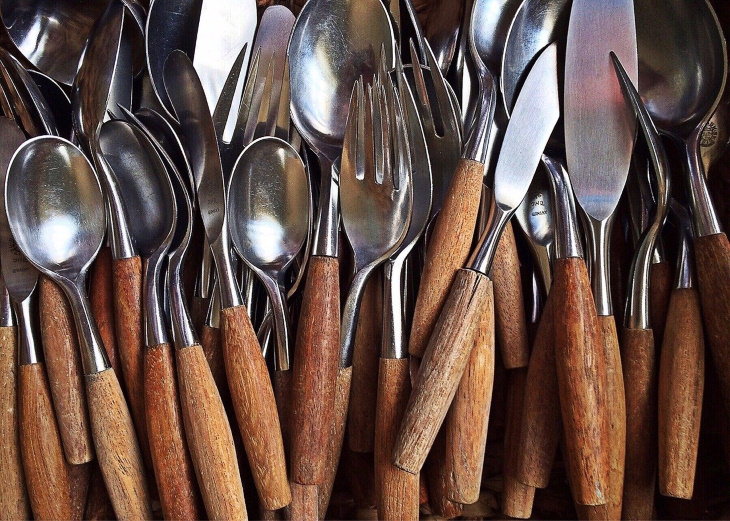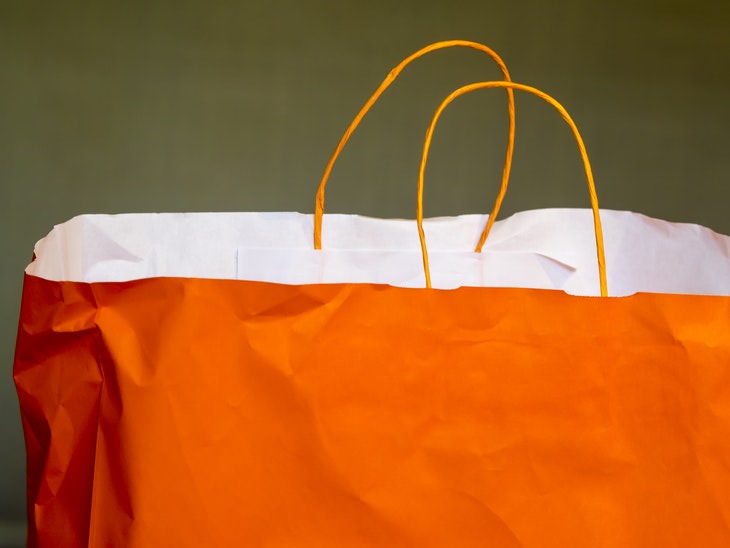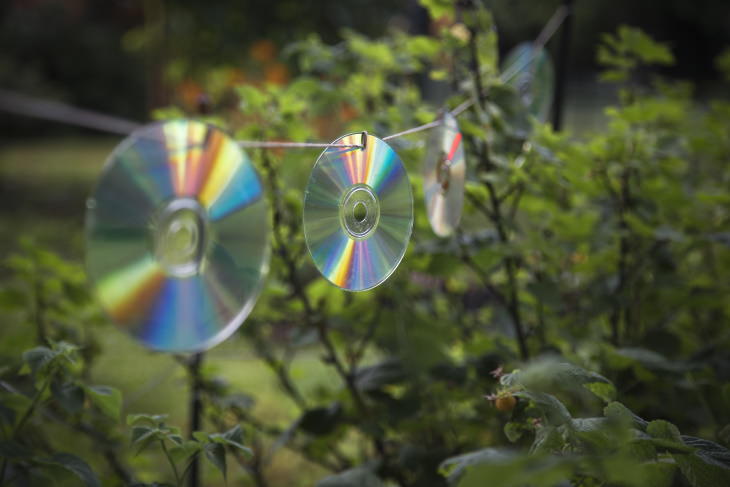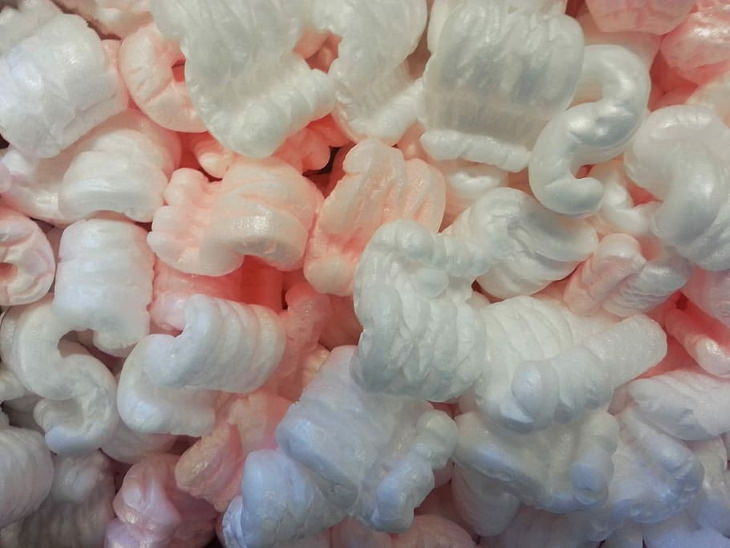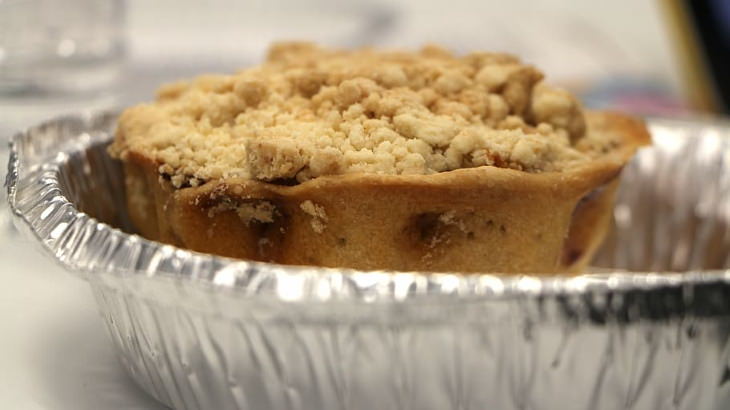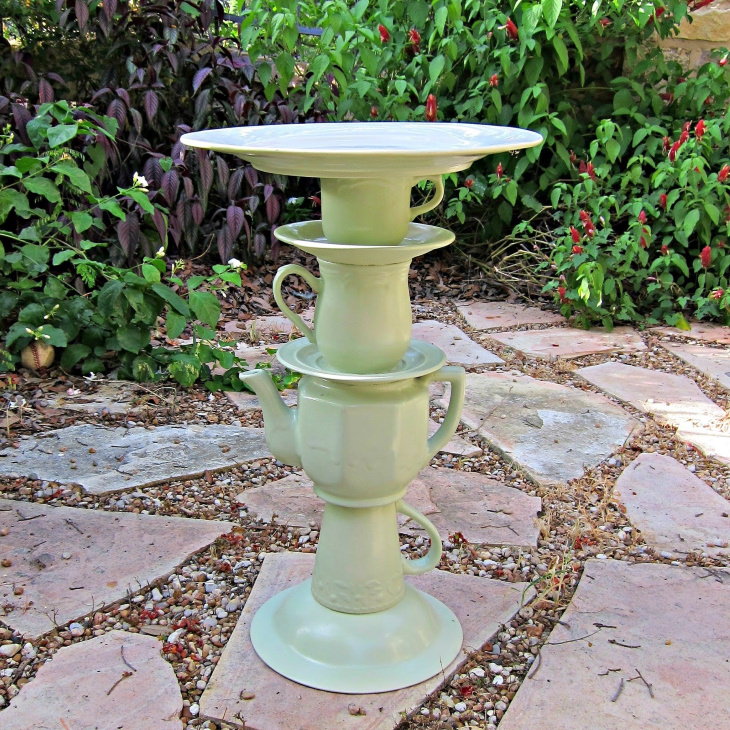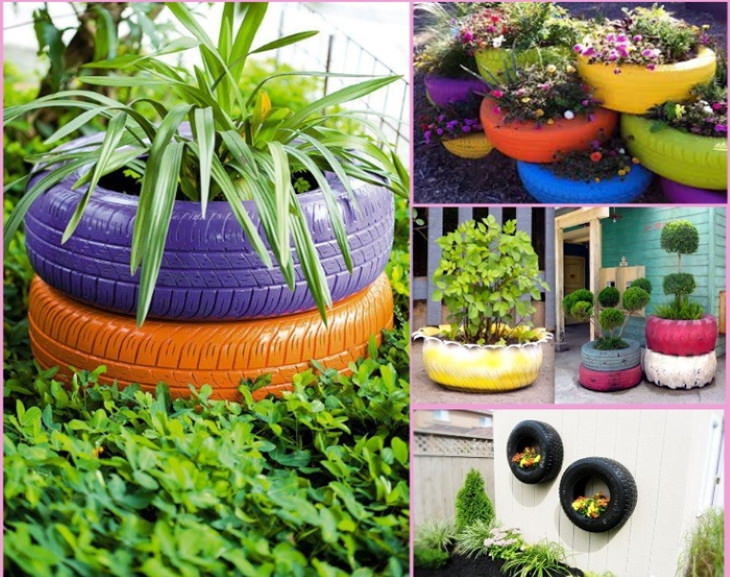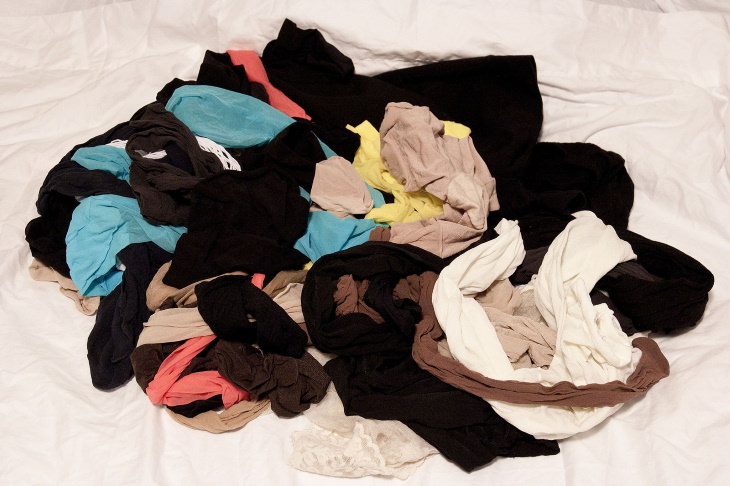1. Boots and Teapots
As any seasoned gardener will know, if you can drill a drainage hole on the bottom of an object, it can be repurposed as a flower pot. So, get creative, and consider the possibility of upcycling old watering cans, wicker baskets, boots, and teapots instead of throwing them in the trash. If the possibility of a drainage hole is out of the question, simply fit a plant in a plastic pot into the object. These old objects are sure to add some magic and unique character to your garden, so why not try it?
2. Bottles and Milk Cartons
If you're into plant propagation, you know that the little plastic pots used for growing delicate baby plants that aren't yet ready to be planted permanently can be quite expensive and flimsy. Well, it turns out that you don't actually need to buy those, especially if you have some old plastic bottles, yogurt containers, or milk cartons waiting to be recycled. Simply cut the carton in half or cut out a hole along the length of a plastic bottle (as shown in the photo above) to create your own DIY propagation pots for young plants. Yogurt containers can be used as-is.
3. Egg Cartons and Toilet Paper Rolls
Another neat plant propagation trick is using egg cartons or toilet paper rolls by folding them at the bottom and fashioning them into mini paper cups to grow plants from seeds. Simply fill the holes of an egg carton and the toilet paper "cups" with some soil, sow some seeds into them, add water, and watch the seeds grow into cute seedlings in your free and biodegradable trays and pots.
4. Newspapers
Newspapers are a real garden multitasker, so better hang on to those instead of throwing them away every week! For one, if you compost, you can easily add some shredded newspapers into your compost pile. Another good way to use newspapers in the garden is to lay them on the soil underneath mulch to keep away pests and weeds.
Simply lay 20-30 sheets of newspaper underneath the plant, wet them, anchor down the edges with rocks, and top with plenty of mulch. This method will prevent any pests from infecting the soil, and it will also hold down any weeds around the plant.
5. Coffee Grounds
Coffee grounds are another one of those versatile ingredients that can be used in a variety of ways in your home and garden. One way to utilize coffee grounds for potted plants is to use it as a drainage material at the bottom of the pot. Coffee grounds will improve the water-holding capacity of sandy soils and further enrich soils for plants that require organic soil. You can also use coffee grounds as a base for outdoor plants to prevent slugs and snails from eating your homegrown vegetables, for example.
6. Bar Soap
Don't get rid of those small leftover pieces of soap, no matter how annoying they may be. Instead, use old bar soap to repel pests and even deer from your garden. In order to protect your flowers from pests, simply grate some soap and sprinkle it around the plant. To keep deer away from your trees, simply hang pieces of soap on a string on the trees. Soap repels pests and deer because it has a strong scent that tricks them into believing that the plant is not edible.
7. Kitchen Utensils
Do you have any crooked or broken forks, knives, or spoons lying in your cutlery drawer that just take up a lot of space? If so, transfer them into the shed or wherever you keep your gardening supplies, as these old kitchen utensils will actually be really handy in your garden.
For example, you can use old forks to create little ridges in the soil for sowing seeds, like a miniature rake, or use knives or forks to pull apart roots when repotting or separating plants. Lastly, spoons are handy for gently transferring fragile seedlings into pots.
8. Paper Bags
If you need another reason to choose paper instead of plastic when buying groceries, here it is. You can protect your plants from winter weather with the use of paper bags. When the weather is especially harsh in the winter, cover the most fragile top branches of the plant in question with a paper bag. Anchor it down with some string or rocks, and this will protect the plant overnight when temperatures are the lowest. During the day, we recommend removing them to expose the plant to necessary sunlight.
9. Cans
There are also many ways to repurpose cans in your garden, the most obvious one being, of course, using them as pots. However, this is by far not the only way cans can be handy in the garden. In fact, they can work as collars that will protect young plants from worms. To do so, cut off the bottom and top of the can, push the can into the soil and plant the seedlings or seeds in the can. The can will create a barrier and protect the plants from worms and other pests.
10. Old CDs
By this time, most CDs you may still have at home are likely too scratched to work properly. Even so, you can still reuse them in your garden! Hang them on some string and place strategically on the trees and areas of your garden affected by birds. The reflective surface of the CD will deter birds and other pests from your plants.
11. Packing Peanuts
We've all been making a lot of our purchases online lately, so chances are you might have some packing peanuts in your home at the moment. If so, you're in luck because packing peanuts make an excellent drainage ingredient that let's water go through the pot, but doesn't make any soil leak through the drainage holes. Simply place some of the peanuts in the bottom of a pot, just like you would any other drainage medium, and top up with some soil before planting or repotting a plant.
12. Single-Use Aluminum Pans and Trays
You've already banished all CDs from your home? Worry not, as single-use aluminum trays and pans can be easily used to keep away birds, deer, and other pests, too. These pans don't just reflect light, much like CDs, they also make a loud noise when exposed to the wind or touched. So, hanging some of these items at different levels between trees or shrubs will help deter animals.
13. Glassware and Drinkware
If you don't want to repel any birds at all, moreover, you'd like to hear more birds singing and spot different bird species in your garden, installing a birdbath is the way to go. Instead of buying one, you can easily make one at home if you have some old or broken glassware and drinkware.
Simply stack several cups, teapots, bowls, and plates one on top of the other, gluing them firmly once you've created a steady construction. It's a good idea to top this cute birdbath with a wide and deep plate, as they did above, though, because this will be filled up with water and act as the actual birdbath. Repainting this DIY birdbath is also an option.
14. Tires
Do you have any old tires in the garage? If so, then lucky you, as these make especially cool pots for ornamental plants. Repaint them into fun colors, stack them, or hang them on the wall, any way will work just perfectly! You can also turn a tire into a small pond or birdbath, too: just place a polyethylene sheet in the opening of the tire, fill it with water, and voila! Do keep in mind that you'll need to switch out the water from time to time to keep it fresh.
15. Hosiery
Yes, it's true, even old pantyhose can be reused in your garden! This is because hosiery is actually very gentle yet provides a firm hold, making it perfect for tying up floppy or tall plants and controlling the shape of climbing plants without hurting the plant itself. To do so, cut the old pantyhose into the required lengths for your plant and use instead of a plant tie, preferably behind some foliage to conceal it.
And the final tip: you can also protect any fruit or veggies from insects by slipping on some pantyhose over the fruit.
Please share these useful tips with others!

